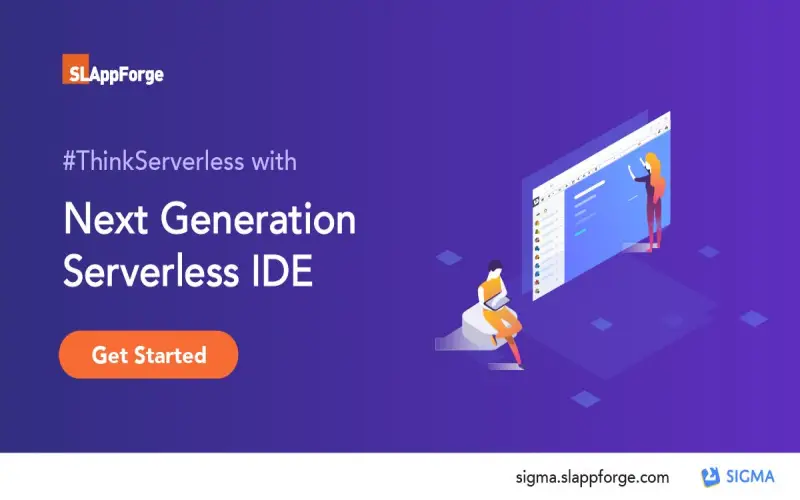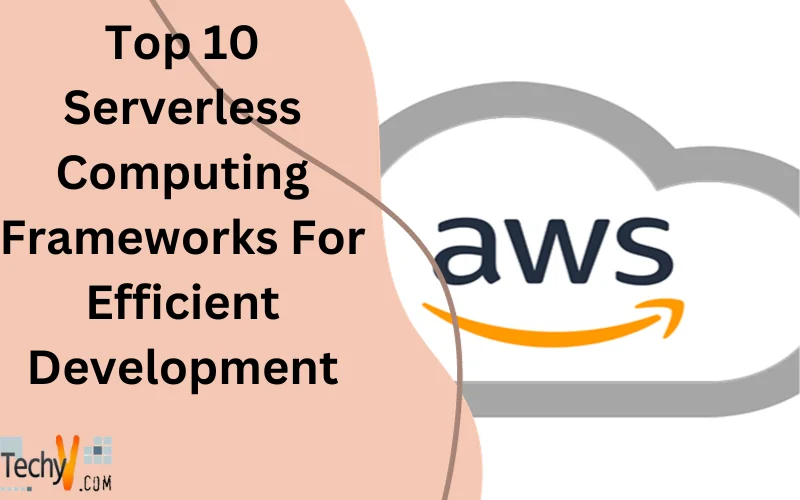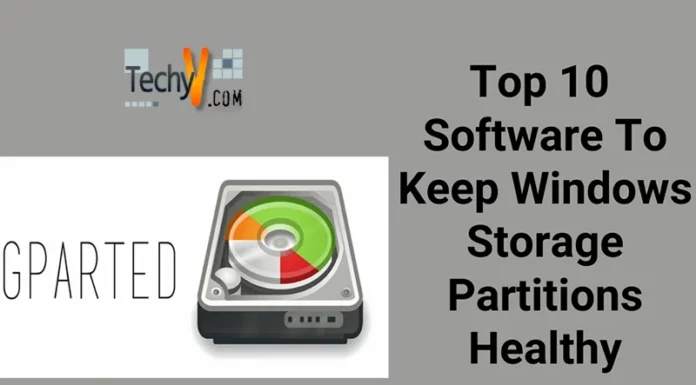Serverless computing has transformed application development by enabling teams to build and deploy backend services without managing servers. By leveraging auto-scaling cloud infrastructure, serverless radically simplifies IT operations and reduces costs. This warrants evaluation by development teams across domains from early-stage startups to leading enterprises. As part of a serverless approach, developers architect solutions using functions that run only when triggered. Cloud providers manage provisioning and balancing resource allocations automatically. Teams gain the flexibility to focus innovation on core product capabilities rather than infrastructure maintenance. However, harnessing serverless still requires learning new frameworks. The ecosystem continues rapidly evolving with over 20 major options. I outline the top 10 serverless development frameworks effective for production applications. Across categories from general cloud services to domain-specific solutions, these serverless frameworks warrant consideration based on community adoption, documentation quality, and balance of productivity and control.
1. Serverless Framework
As its name suggests, Serverless Framework powered by AWS introduced one of the first open-source serverless models. It simplifies all steps from building to securing to monitoring cloud-agnostic serverless architectures. Support for multiple providers now also includes Azure, Google Cloud, Cloudflare Workers, and more. Granular configuration, plugins, and community events bolster its position as the most widely adopted serverless development framework. With over 9 million downloads to date, Serverless Framework has become integral to teams across domains from early-stage startups to leading enterprises looking to optimize productivity.

2. AWS Serverless Application Model (SAM)
For teams fully bought into Amazon Web Services, AWS SAM streamlines serverless development natively through CloudFormation infrastructure-as-code templates. It defines project structure to transform YAML configurations into running services including APIs, databases, Lambda functions, and monitoring tools. SAM warrants the use of integrated AWS serverless solutions to maximize simplicity. By providing higher-level abstractions on top of CloudFormation, SAM reduces repetitive coding for those committed to AWS while still allowing escape hatches to the lower-level configuration as needed.

3. Terraform
Infrastructure-as-code proved essential as cloud computing gained adoption. HashiCorp’s Terraform leads for provisioning full-stack architectures beyond serverless. It codifies descriptions for combined on-demand servers, containers, functions, and data storage across public and private environments. With provider-specific extensions plus 150+ integrations, Terraform warrants evaluation for streamlining deployment even across hybrid infrastructure. Used by leading enterprises like Starbucks, Terraform enables a consistent approach to infrastructure lifecycle management even as teams scale across multi-cloud environments.
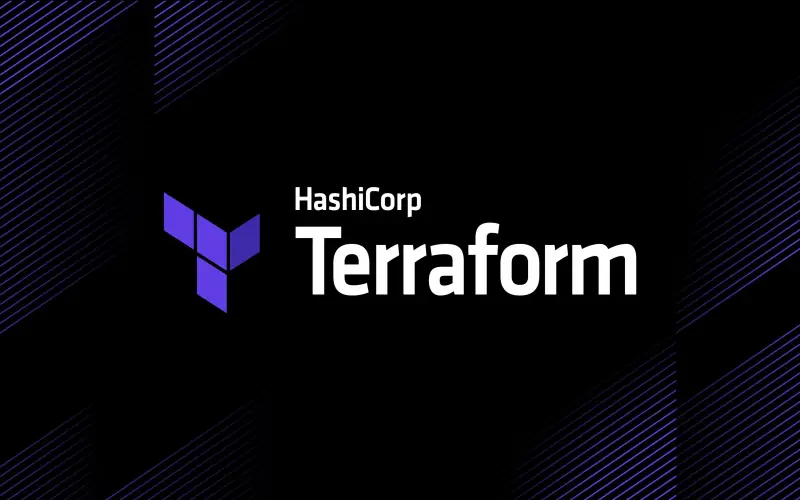
4. AWS Chalice
For Python developers building AWS applications, Chalice warrants attention as an open-source Python Serverless Microframework. It simplifies creating, testing locally, and deploying serverless Python onto AWS Lambda and API Gateway. Chalice’s decorator syntax will feel familiar to Flask and Django coders. It streamlines REST API construction otherwise requiring tedious YAML configuration. With over 5 million downloads and 500 contributors on GitHub, Chalice has emerged as a leading framework specifically targeting serverless Python use cases in AWS.

5. Claudia.js
As a Node. js-focused serverless framework, Claudia.js helps JavaScript developers rapidly deploy projects as production-ready AWS Lambda microservices including Claudia Bot Builder for chatbot integration. Its command line simplifies repetitive backend tasks like setting up Lambda functions, layers, roles, and databases. Claudia.js warrants evaluation by teams seeking to optimize Node productivity in AWS. Trusted by companies like GoDaddy, Trivago, and Brillio, Claudia.js balances ease of use with escape hatches for customization as solutions scale.
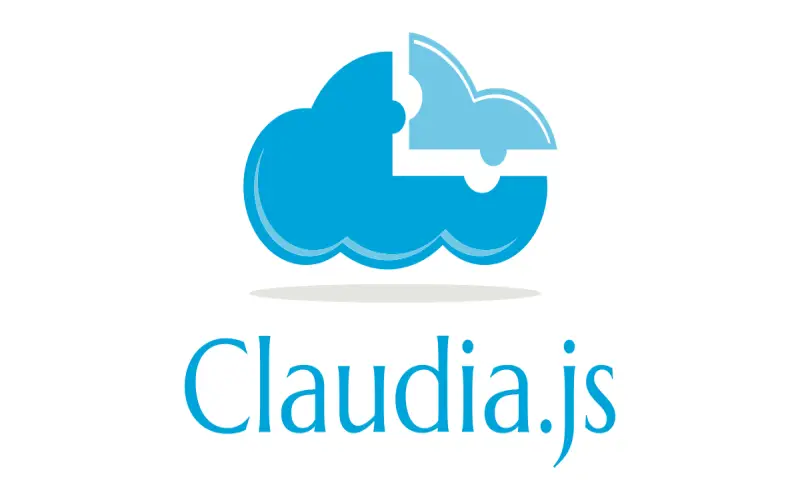
6. Zappa
General cloud abilities combined with Python support make Zappa an effective serverless framework choice. It stands out for ease of deployment, granular management, and monitoring of serverless Python applications running on AWS Lambda and API Gateway. Zappa’s capabilities like staging environments, callbacks, and error handling as part of regular reporting warrant consideration especially by Python teams. With over 18 thousand stars on GitHub and endorsements from AWS community heroes, Zappa has emerged as a leading framework specifically targeting serverless Python use cases.

7. Jets
Ruby developers working in Amazon Web Services can maximize productivity by leveraging Jets. It aligns Lambda functions using familiar MVC conventions for cleaner code. Jets warrant the use of building serverless Ruby API services with ActiveRecord and Rack interface compatibility. It also supports Sidekiq background workers. As a framework optimized for Ruby in AWS, Jets warrants evaluation. With integrations for Ruby on Rails, Sinatra, and other popular frameworks, Jets has simplified serverless adoption for thousands of Ruby developers seeking optimized workflows on AWS Lambda.

8. Architect
As an open-source tool focused on AWS, Architect defines serverless project structure for JavaScript Lambda services. It orchestrates steps from configuring environments through permissions and secrets management to monitoring alarms and log aggregation. For JavaScript teams fully leveraging AWS, Architect warrants consideration as a framework that balances productivity through higher-level abstractions while still allowing close resource control. Trusted by leading companies like Life Church and Optum, Architect has emerged as a leading framework choice specifically for the production of JavaScript applications in AWS.
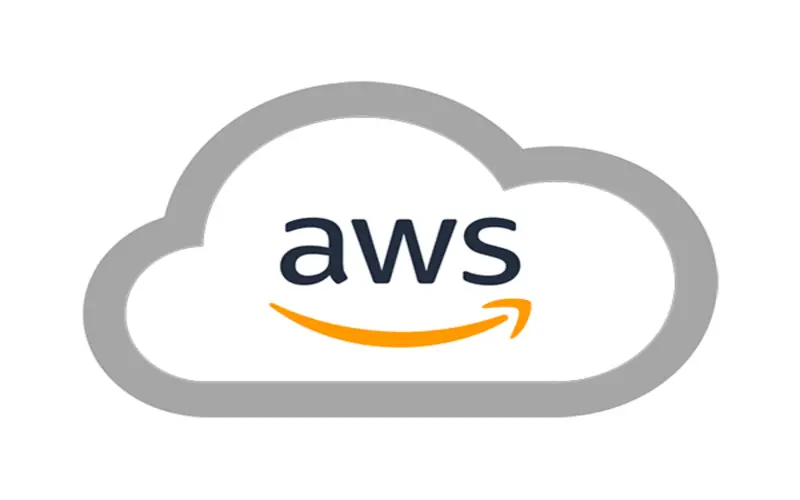
9. Deep Framework
This open-source framework streamlines building serverless Python data and AI applications on AWS Lambda. Deep Framework offers high-level abstractions that simplify leveraging AWS AI services like Rekognition, Transcribe, and Comprehend without sacrificing flexibility. For Python developers applying machine learning in the cloud, Deep Framework warrants evaluation to accelerate productivity. With integrations for popular data science libraries like Numpy, Pandas, and Scikit-Learn, Deep Framework has become a trusted choice for serverless AI use cases across sectors from automotive to finance.

10. Sigma Serverless
As a relatively new offering, Sigma helps teams develop, test, and deploy serverless applications across cloud providers including AWS, Azure, and GCP. Though not as fully featured as some alternatives, Sigma’s cloud-agnostic approach warrants consideration for those prioritizing portability across vendors from early prototyping through production deployment. Sigma will suit teams not fully committed to a single cloud provider. As the serverless ecosystem matures, Sigma warrants ongoing evaluation as a potential framework to simplify multi-cloud architectures. As a relatively new offering, Sigma helps teams develop, test, and deploy serverless applications across cloud providers including AWS, Azure, and GCP. Though not as fully featured as some alternatives, Sigma’s cloud-agnostic approach warrants consideration for those prioritizing portability across vendors from early prototyping through production deployment. Sigma will suit teams not fully committed to a single cloud provider. As the serverless ecosystem matures, Sigma warrants ongoing evaluation as a potential framework to simplify multi-cloud architectures.
